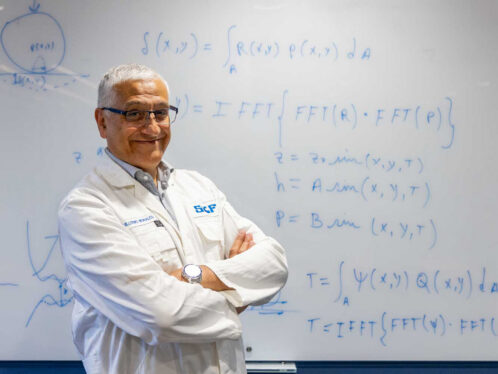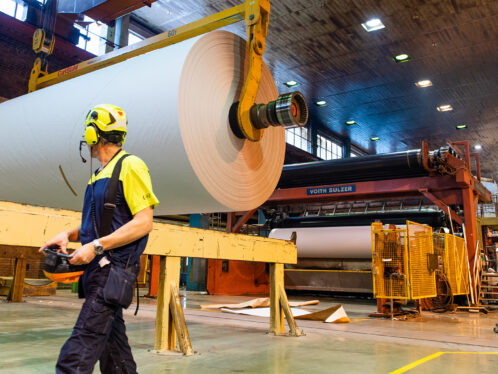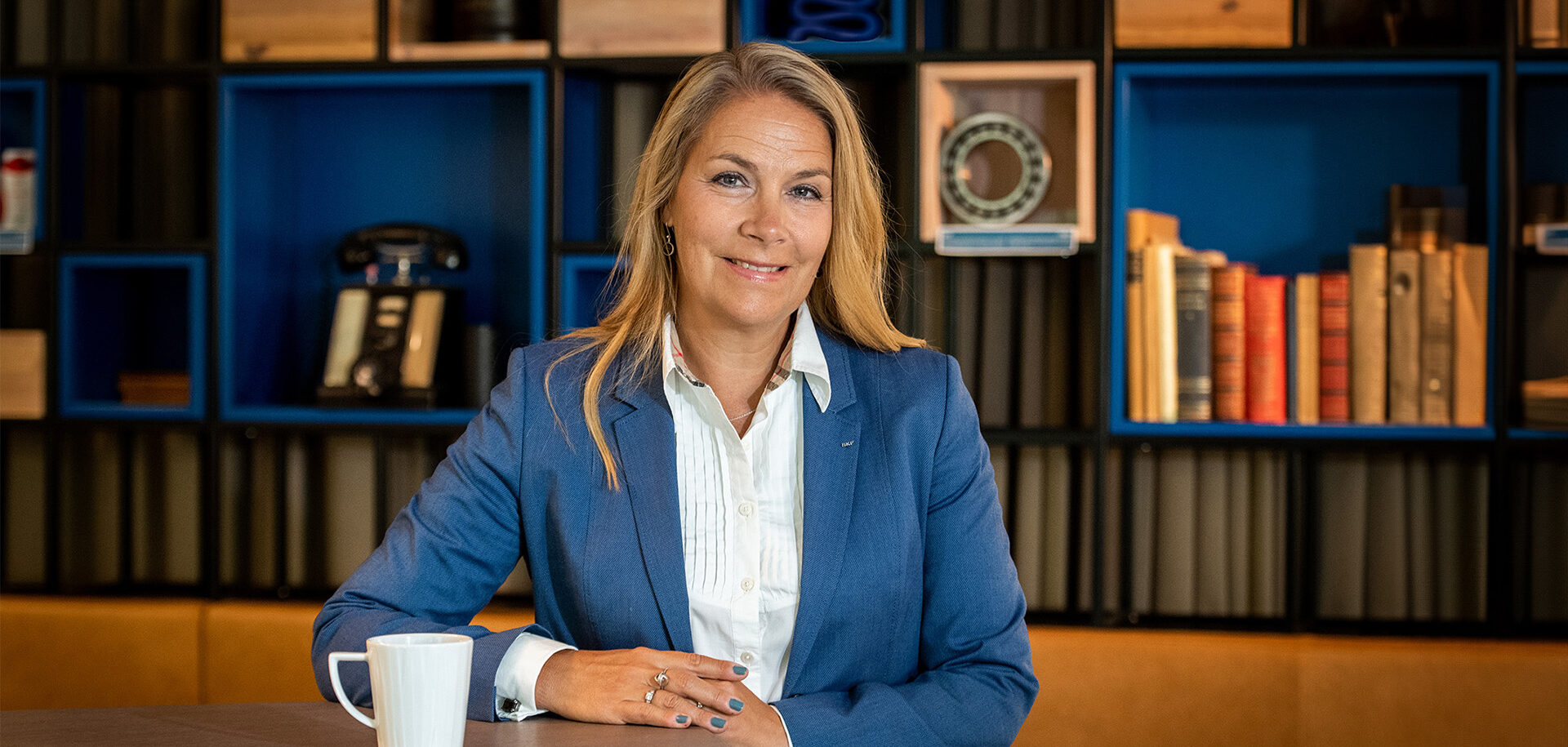
A safe place to innovate
Annika Ölme, chief technology officer for the SKF Group, describes her formula for innovation and technological evolution while championing diversity and fostering collaboration in industrial R&D.
As chief technology officer and senior vice president, technology development, Annika Ölme is responsible for the SKF Group’s global research, technology development, product development and technology strategy. It’s a big job, but Ölme breaks it down into three overarching goals. The first is “more innovation”, she says. “Our group strategy is that 25 percent of our growth should come from new products. Filling that funnel with new, bold innovation is one thing I’m here to do.”
The second goal, she says, is to “make sure we are No. 1 where we are today.” In SKF’s core business of bearings and related products and services, staying No. 1 depends on having the right product portfolio, both physical and digital, she explains, adding, “What are the technologies we need to master and what are the research areas we need to build for long-term competitiveness, not just today and not just next year, but 10 years from now.”
The third goal is, Ölme says, “delivering digital – to the rest of the company and to our customers.” Examples of the latter, she says, might include digital tools to help customers select SKF products and integrate those products into their own designs or calculate the CO2 impact of different product choices and design decisions.
In practice, these three goals are quite complementary, Ölme continues. “To serve our customers, especially in the high-growth industries that are our strategic targets, we need to upgrade and improve our existing products and develop innovative new products and services that meet their future needs.” An example of this is transportation, such as rail or even aviation, she adds, where the electrification of powertrains is creating demand for hybrid bearings and other advanced solutions.
From code to customers
For Ölme, the decision to pursue a career in engineering and technology was straightforward, but the path that led to her current role was far more circuitous. “At school, I always liked math and science the most,” she recalls, “and my father was an engineer, so I had a good understanding of what the work involved.”
One of the challenges I take very seriously is making sure we have a culture that creates trust, that has psychological safety and that allows people to dare to innovate and dare to fail
Annika Ölme, chief technology officer at the SKF Group
After earning a master’s degree in electrical engineering, she took a job at an engineering simulation company, followed by a stint in software development at Prosolvia, a former Swedish IT company, and Ericsson, a Swedish telecommunications company. “I wrote software code, which turned out to be very useful experience, because nowadays almost everything is related to software in some way,” she says.
A year at a tech startup followed, during which time Ölme identified three foundational concepts that would define her professional life: “I was already interested in technology, but my industry experience showed me the importance of understanding the customer’s perspective wherever technology is applied,” she says. “The third foundation was people, specifically how leadership helps people achieve more of their potential.”
Her interest in the business and management side of technology organizations led Ölme to pursue an MBA in international business. After completing her studies, she joined SKF for the first time.
SKF gave Ölme the opportunity to build on all three foundations. Over 15 years, she worked in a variety of roles, from technology development in mechatronics and mechanical engineering to business development and leadership roles, managing large programmes and eventually entire business units.
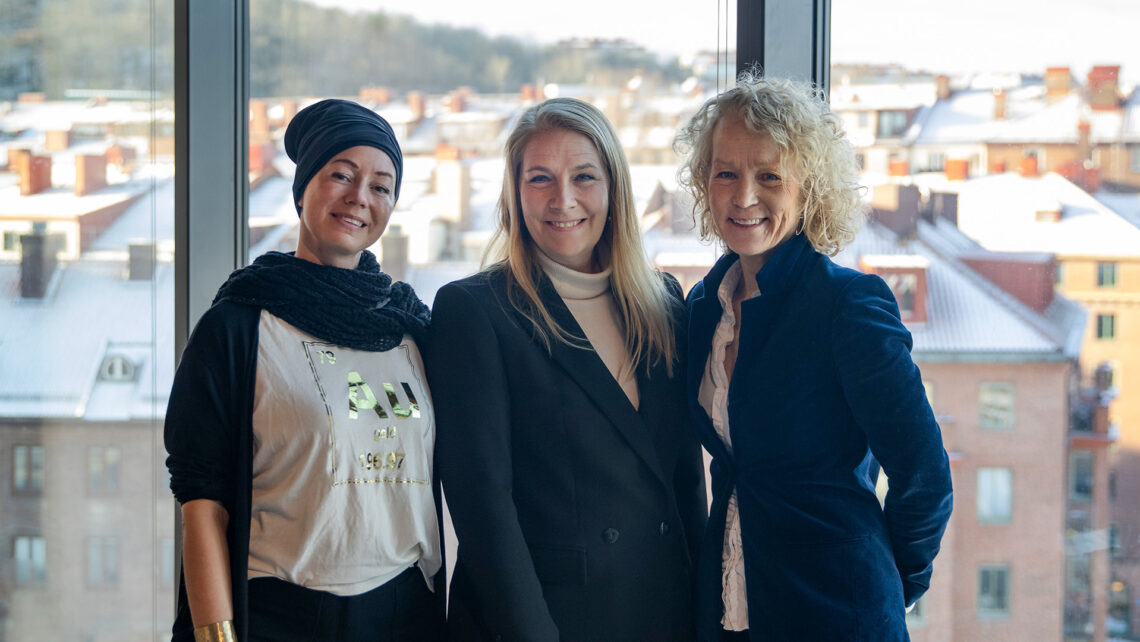
A leap into the unknown
It was a career path that could have led directly to a senior leadership role within the organization, but in 2017, things took an unexpected turn. “There was a reorganization at SKF and there was no immediately obvious role for me in the new organization,” she recalls, “I took a look in the mirror and decided to take a leap into the unknown.”
That leap took Ölme out of the world of multinational, global engineering companies and into a relatively small, relatively young organization in the additive manufacturing sector. “I went there to set up the product management function, took over as head of engineering, and eventually was named CEO,” she says. “It was a great learning experience to go back to a smaller environment where everyone knows exactly how much money you have, and everyone is involved in the decisions you make.”
The additive manufacturing company was eventually acquired by US engineering multinational General Electric, and Ölme took another leap, spending a year as CTO of Saab’s radar division, where her responsibilities included the radar system in the advanced Gripen fighter jet and other radar solutions.
Old home, new challenges
Ölme returned to SKF in 2022 to take on her current role in the Group Management Team. In many ways it was a homecoming, but in the world of technology nothing stays still for long. “I would say there are two big trends that have impacted the business in the past few years,” she says. “The first is around AI [artificial intelligence] and digital, both in terms of what we need to do to improve our own operations and because more of our products include advanced software and digital technologies.
“Our technology strategy describes the 26 most important technologies for the company,” she continues, “and we have a very clear gap analysis and plan for their development. Six of those technologies are in areas like software, digital and AI, where we need even stronger capabilities moving forward.”
The second big trend is sustainability, which is becoming a key priority for SKF and its customers. “The push for sustainability means we need good data on the carbon footprint of products,” she says. “But sustainability also puts significant demands on us from a technology perspective, with things like green steel: 90 percent of the material we buy for our core products is steel. Similarly, we need to develop fossil-free greases and oils for lubrication. Building the necessary competencies has required SKF to invest across its business, hiring new talent, upskilling its existing workforce and investing in the physical assets needed to develop, test and commercialize new innovations.
Alongside all these new technological frontiers, SKF must maintain its leading position in tribology, metallurgy and other core areas that have been important since the company was founded in 1906. Covering so much territory in the most efficient and effective way is a key challenge for the organization.
“We’ve said publicly that we want to spend more on R&D,” says Ölme. “We don’t see it as a cost, but as an investment in the future.” But, she adds, SKF also needs to be smart about how it allocates development resources. One key element is tight control of the R&D project portfolio to keep efforts closely aligned with identified customer needs. Another is a more collaborative approach to technology development. “Sometimes it’s more about having access to that technology than developing it yourself,” she says. “So more collaboration is a big trend. Working with start-ups and external players, working with universities, working with suppliers, for example on green steel, or with customers.”
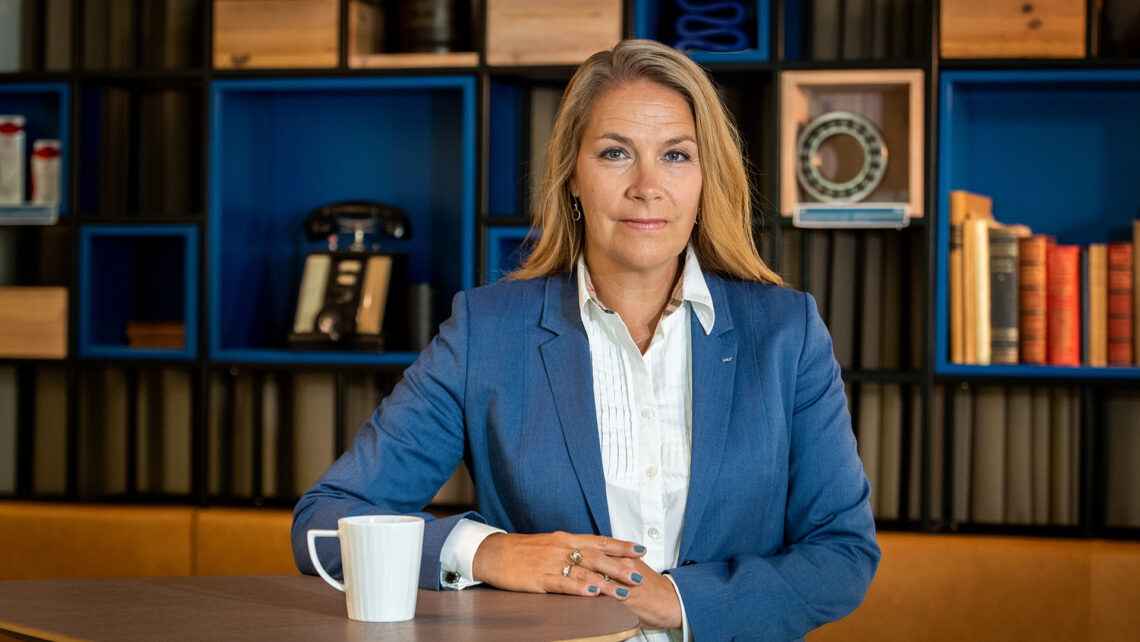
Culture is critical
Greater collaboration in the traditionally secretive world of industrial R&D requires a change in culture. “You might perceive collaboration as giving up control or technology,” Ölme says, “but what I find with most engineers and most people in my organization is that they love working with others. They say, ‘These guys are experts in something I don’t know, so I can actually get more done.’
For Ölme, fostering the right culture in technology development at SKF is critical to the company’s long-term success. “One of the challenges I take very seriously is making sure we have a culture that creates trust, that has psychological safety and that allows people to dare to innovate and dare to fail,” she says. “Technology is moving so fast today that we need to be more agile and experiment more.”
Diversity is another priority, and it’s an area where Ölme, as a woman in the traditionally male-dominated world of engineering, has direct personal experience. “In my high school science class, there were seven girls in a class of 35,” she recalls. “At university, only 7 percent of the students in my engineering class were women. And even today, only 8 percent of CTOs are women.”
SKF has been working to address the gender imbalance for several years, and there are encouraging signs that the situation is changing. “In my department, 38 percent of our executives are women, and I’m happy about that,” says Ölme. “But across the organization, it’s closer to 19 percent. We still have a lot of work to do.”
To close the gap, she says, the company is “actively promoting and really measuring how well we’re doing in terms of attracting female talent.” For senior leaders across the company, diversity metrics are now part of the formal performance review process.
The challenge of gender diversity in engineering and technology isn’t just an SKF issue: “Before the age of 10 to 12, boys and girls are equally interested in technology,” Ölme says. “Then, in their teens, girls’ interest tends to drop off. Research attributes much of this decline to a lack of role models or encouragement from parents, teachers, friends and the media. “Not everyone has an engineer father,” she says.
Now, Ölme is leading a project involving SKF and a consortium of Swedish technology companies and educational institutions that aims to improve girls’ perceptions of the sector by informing and educating these key influencers. “It’s something I’m really passionate about,” she says. “How do we make the next generation look a little bit different?”
A top company for women
SKF is proud to be one of the Forbes 2023 World’s Top Companies for Women. The list is based on surveys of more than 70,000 women working for multinational corporations across 37 countries.
Participants were asked to rate their employer on general workplace practices and gender-specific issues such as pay equity and whether women have the same opportunities for advancement as their male counterparts.
SKF is one of only five Swedish companies among the 400 organizations on this year’s list, and one of only 38 companies in the engineering and manufacturing sector.
Related links:
Girls & Technology
In 2023, SKF’s Technology Development Department partnered with the Universeum Science Center to launch “Flickor & Teknik” (Girls & Technology), a new long-term initiative.
The programme aims to address a key mystery: why so many girls are interested in science, technology engineering and mathematics during the early years of their education, but far fewer pursue these topics into higher education or their careers.
Flickor & Teknik will combine academic research with practical interventions, including communication activities, events, work experience and mentoring by female scientists, engineers and innovators.


